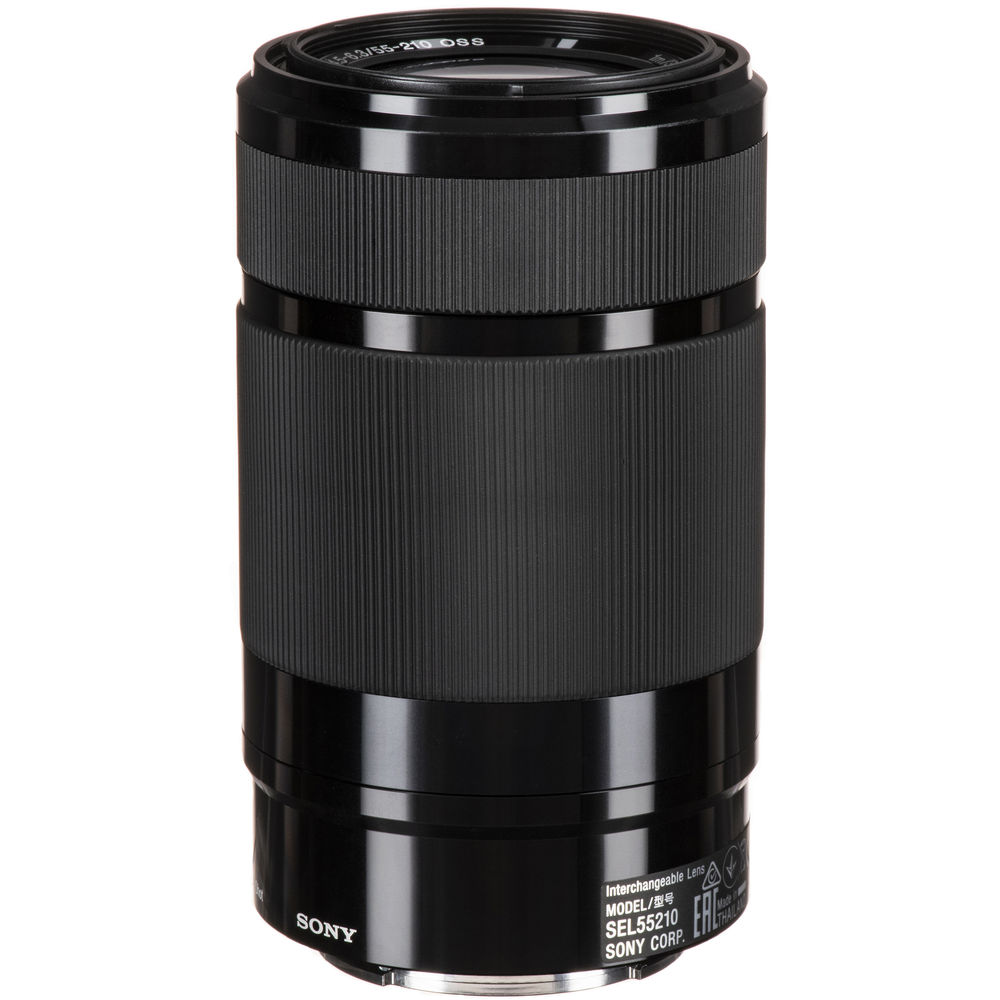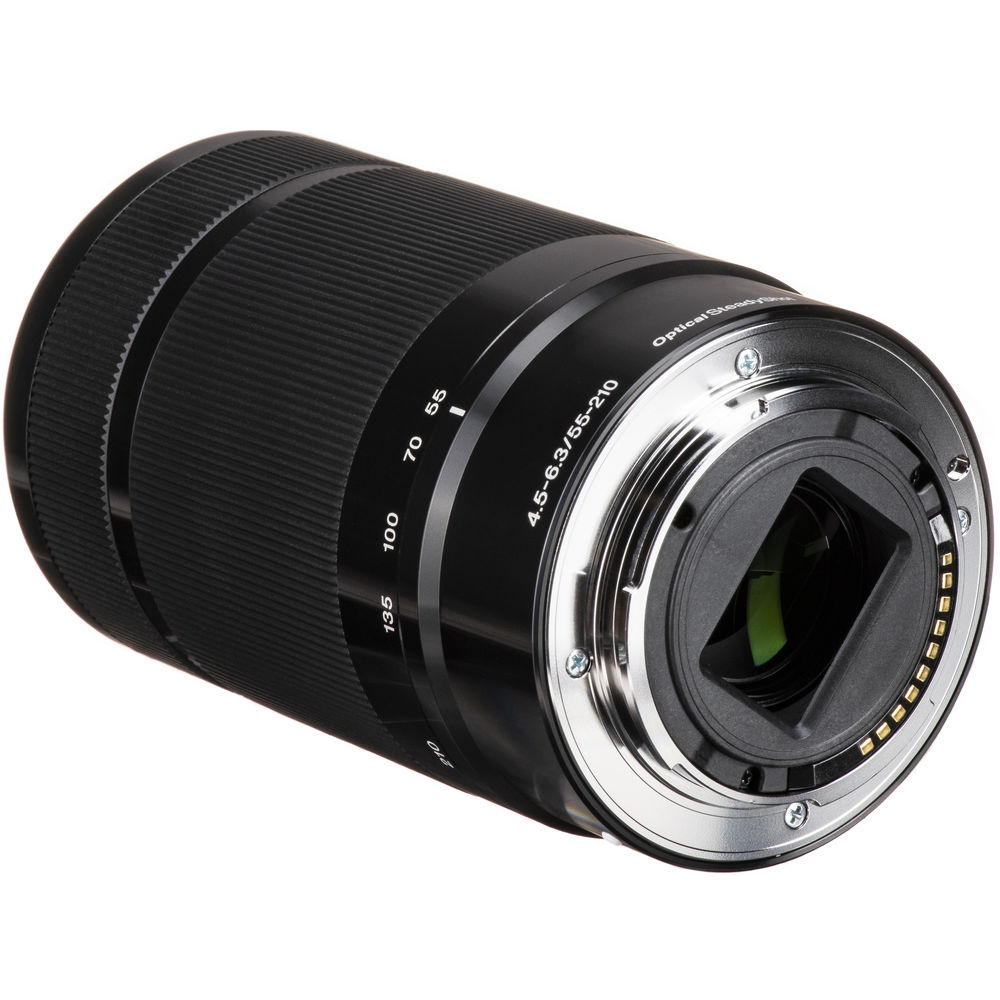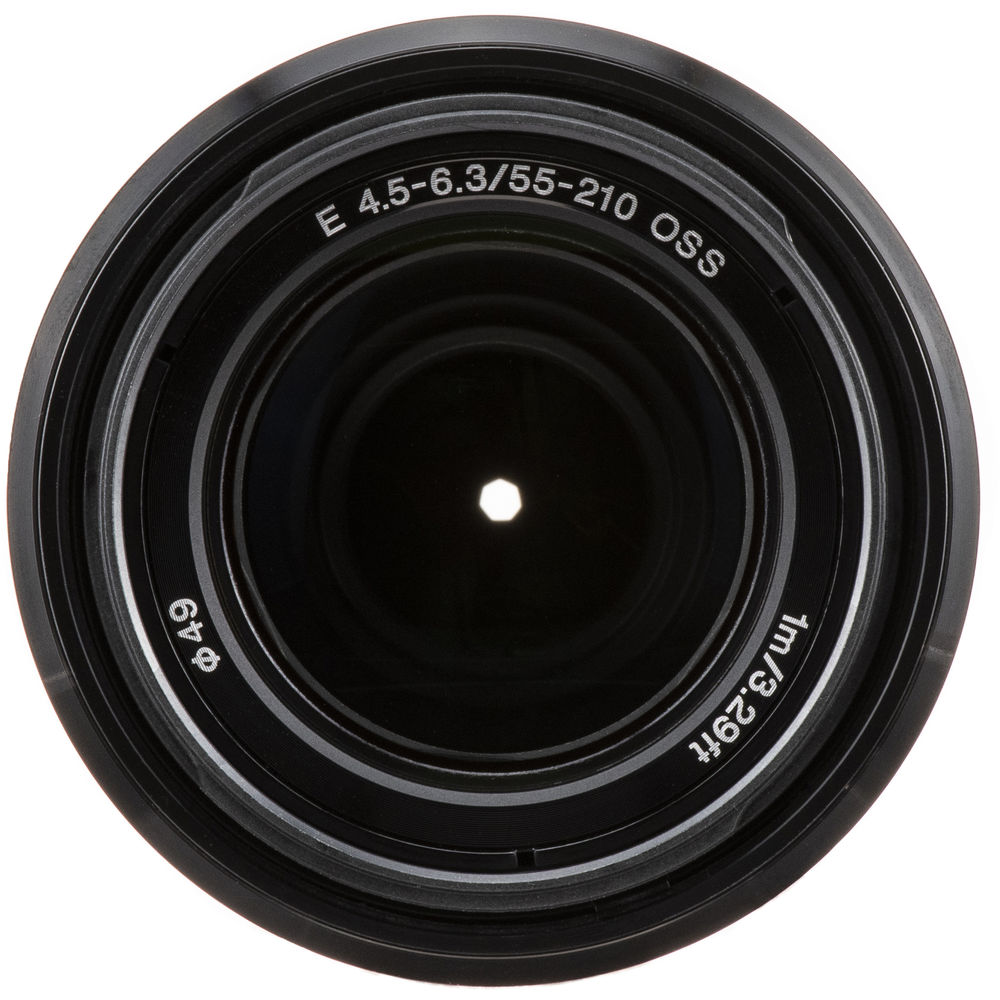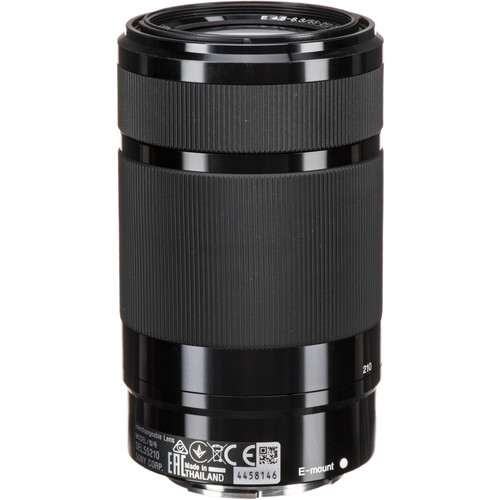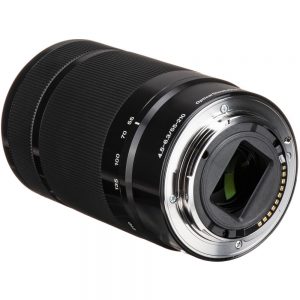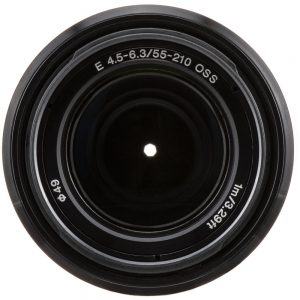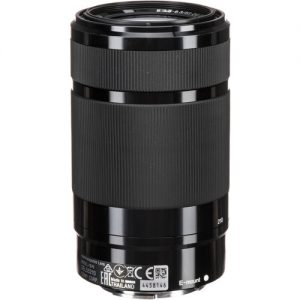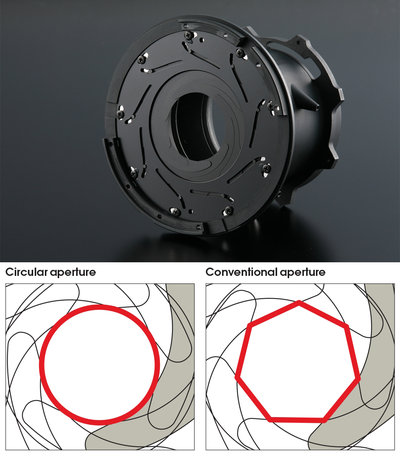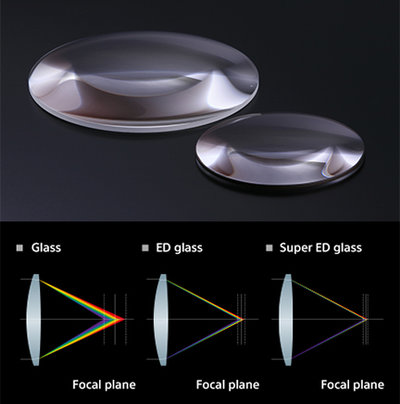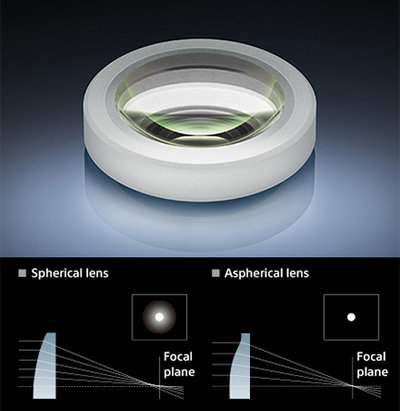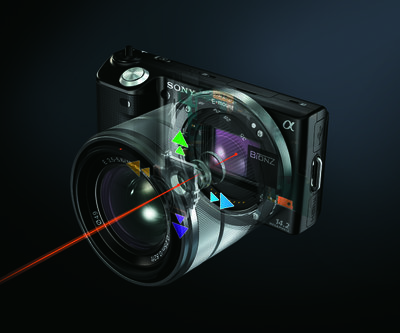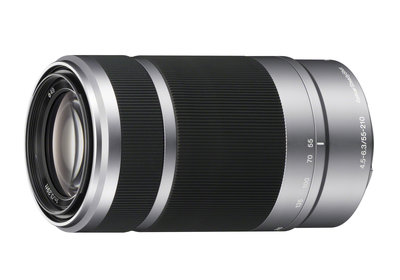Subtotal: රු137,000.00
Sony E 55-210mm f/4.5-6.3 OSS Lens
රු98,000.00 රු83,000.00
 Free, contactless delivery
Free, contactless delivery Free Shipping on Most items
Free Shipping on Most items Simple & Easy Return
Simple & Easy Return Easy Ways to Pay Over Time
Easy Ways to Pay Over Time
1 in stock
Sony E 55-210mm F/4.5-6.3 OSS Specs
| Focal Length | 55 to 210mm (35mm Equivalent Focal Length: 82.5 to 315mm) |
| Maximum Aperture | f/4.5 to 6.3 |
| Minimum Aperture | f/22 to 32 |
| Lens Mount | Sony E |
| Lens Format Coverage | APS-C |
| Angle of View | 29° to 7° 40′ |
| Minimum Focus Distance | 3.28′ / 1 m |
| Maximum Magnification | 0.23x |
| Optical Design | 13 Elements in 9 Groups |
| Diaphragm Blades | 7, Rounded |
| Focus Type | Autofocus |
| Image Stabilization | Yes |
| Filter Size | 49 mm (Front) |
| Dimensions (ø x L) | 2.51 x 4.25″ / 63.8 x 108 mm |
| Length at Maximum Extension | 6″ / 152.5 mm |
| Weight | 12.17 oz / 345 g |
E 55-210mm F4.5-6.3 OSS E-mount Zoom Lens
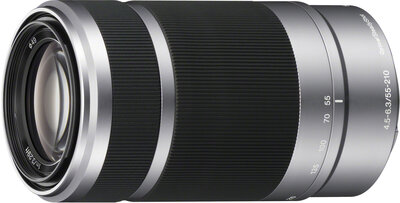
Circular Aperture
When changing your aperture to defocus the background, the light sources appear blurred. This ‘bokeh’ effect of the blurred background can be enhanced with circular aperture blades used in this lens. Conventional aperture blades have flat sides creating unappealing polygonal shaped defocussed points of light. α lenses overcome this problem through a unique design that keeps the aperture almost perfectly circular from its wide-open setting to when it is closed by 2 stops. Smoother, more natural defocusing can be obtained as a result.
ED (Extra-low Dispersion) glass
As focal lengths get longer, lenses built with conventional optical glass have difficulties with chromatic aberration, and as a result images suffer from lower contrast, lower color quality, and lower resolution. ED glass dramatically reduces chromatic aberration at telephoto ranges, and provides superior contrast across the entire image, even at large aperture settings. Super ED glass provides enhanced compensation for chromatic aberration.
Lens-based optical image stabilization
Gyro sensors built into the lens detect even the slightest movement, and the stabilization lens is precisely shifted to counteract any image blur that might occur. The use of precision, quiet linear motors and technology inherited from high-end Sony professional camcorders results in exceptionally quiet, effective image stabilization that contributes to high-quality movies as well as stills.
Internal focusing
Only the middle groups of the optical system move to achieve focus, so the overall length of the lens does not change. Other important benefits include fast autofocusing and a short minimum focusing distance. Also, the filter thread at the front of the lens does not rotate, which is convenient if you’re using a polarizing filter.


 Sony FE 50mm 1.8 Lens OSS
Sony FE 50mm 1.8 Lens OSS  Canon 50mm 1.8 STM Lens
Canon 50mm 1.8 STM Lens 


































